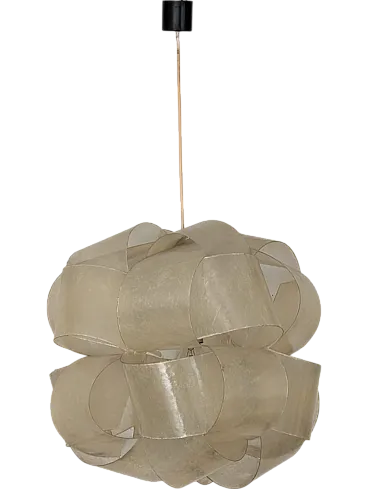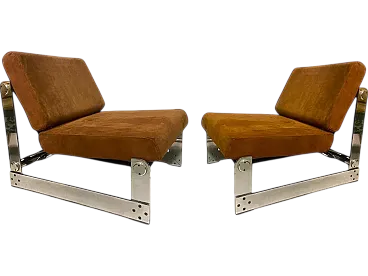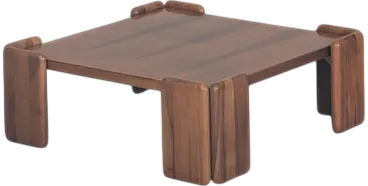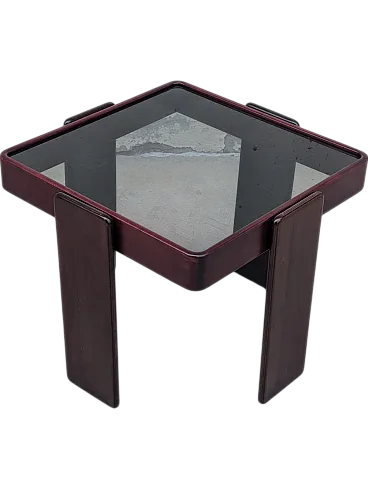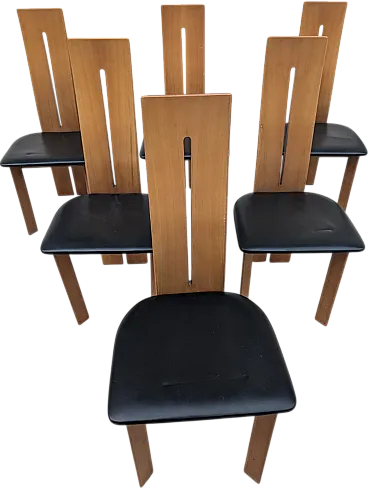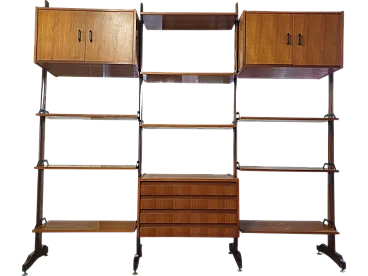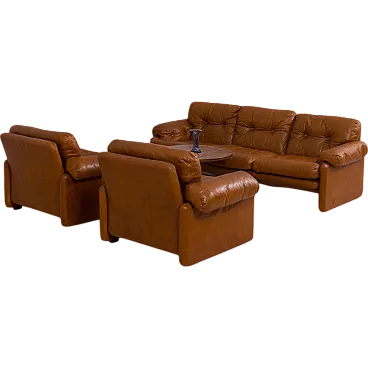Item description
Making light on the Randazzo Optics by Studio B.B.P.R By Luke T. Baker. Show this beautiful pair of square ceiling lights to any long-time Palermo resident and they're likely to recall them from the elegant old camera and eyewear shop on Via Ruggiero Settimo, long gone, what a shame. With its curious windows and interiors creeping up the pavement, Ottica Randazzo became a landmark on Palermo's main shopping street when it opened in 1960. "'Let's meet in front of Randazzo' quickly became a common way of making appointments...a local idiomatic expression now widely accepted," notes Domus in a contemporary article on the shop, designed by Milan-based collective Studio B.B.P.R. Today, these ceiling lights are all that remains of Ottica Randazzo, a retail space that fused the warmth of a domestic interior with the drama of an exhibition and incorporated experiential elements worthy of an optician's shop, encouraging and rewarding the act of looking. These lights were designed as just one component of a total environment created for the Ottica Randazzo headquarters. A complete commission, the multi-year project encompassed the shop's architecture, showroom interiors, administrative offices, furnishings and installations, as well as contributions from collaborators, including the fittings (by Bruno Munari) and the brand logo (redesigned by Roberto Sambonet). The shop was a rare retail project of Studio B.B.P.R., founded in 1932 and named after the initials of its founding partners, Gianluigi Banfi, Lodovico Barbiano di Belgiojoso, Enrico Peressutti and Ernesto Nathan Rogers. The group is best known for its architectural icons of rationalist inspiration such as the Monumental Cemetery in Milan (1946) and the Velasca Tower in Milan (1958), or its elegantly geometric furniture and lighting designs for Olivetti, Arflex and Arteluce. But Studio B.B.P.R.'s scope was wide-ranging (Rogers famously endorsed the Italian ambition and aptitude to design the world on all scales, 'from a spoon to a city'), and the group's collective approach cross-pollinated its knowledge gained from designing buildings. as well as exhibitions, products, urban planning, theatres, film sets and commercial environments. Studio B.B.P.R. intended the Ottica Randazzo experience to begin on the street, where an entrance vestibule for the public and numerous elaborate window displays drew prams from the pavement and pedestrian arcade bordering the shop. With this second major retail project, the designers took the recessed façade of their famous 1954 Olivetti showroom in New York to a more extreme expression. By carving an octagonal exterior 'room' from the corner lot and dressing the space with the same lighting fixtures and material language as the interior, Randazzo's entrance vestibule served to blur the distinction between street and shop. This enthralling gallery was surrounded by bright displays of high-end products and formed a vortex on the pavement where window shoppers naturally gathered to browse the wares. Peering past the artful installations of glasses, binoculars, cameras and projectors, glimpses of the activities taking place inside the shop were revealed, vignettes made visible by removing selected panels from the modular olive wood backdrop that lined each of the displays. Inside the shop, these ceiling lights illuminate an interior dedicated to the organic textures and motifs first encountered in Randazzo's shop windows and vestibule. A grid of olive wood panels covered the walls and even the ceiling, enveloping the showroom in the honeyed tones and striking marble veins of this local decorative species. The floor, designed by Roberto Sambonet and inspired by Abstract Expressionist painting, featured blood-red Sicilian marble drops splattered seemingly randomly on a canvas of white Venetian plaster. Throughout the shop, custom-designed fittings testify to Studio B.B.P.R.'s sensitivity to exhibition design and object presentation, experience honed through the industrial design exhibition La forma dell'utile at the 1951 Milan Triennale and the flexible museum galleries developed by the group for the contemporary renovation of Castello Sforza in Milan. A series of freestanding glass display cases with burnished brass frames encouraged shoppers to examine the products in the round, while removable wooden wall panels allowed the numerous recessed display cases strategically placed throughout the shop to be hidden or reconfigured to meet different merchandising needs. At one end of the long photo counter, a backlit ovoid panel integrated into the surface created an interactive light table that helped users take a closer look at their negatives or slides. These custom-designed ceiling lights were a distinctive design motif of the interior as well as the exterior of Ottica Randazzo. Hung in neat rows, the fixtures not only created a bright ambience, essential for customers inspecting an expensive piece of optical equipment or squinting at a table for an eye examination, but their subtle geometry also conveyed the essence of Studio B.B.P.'s refined interpretation of Rationalism. R. The softly squared tones of the lights echoed the rectilinear grid of olive wood panels (also resembling a photographic contact sheet), and the regularity of their placement every two panels along the ceiling provided a rhythmic rhythm to an interior that swam with the dynamic natural patterns of wood and stone. Randazzo's lights were also significant, showing Studio B.B.P.R. working on a larger scale than previous lighting designs (a functional consideration, given their application in a retail environment), and ushering in a more expressive design period for the group, including works such as the 2045 series of circular ceiling grouped lights from 1962. In keeping with the modular approach to interiors, Studio B.B.P.R. designed several variations of the lights for use within specific areas of the shop. All were built around the relaxed, square shape of the convex shade: the current example, mounted along the central axis of the showroom and inside the entrance vestibule, a version with a longer oblique tube that hung lower above the photo counter to bring the space down to human scale, and a version that sat flush with the lower ceilings in the optical department and basement offices. Each of the two dozen or so brass and acrylic lights was handmade by Piero Frigerio and Aldo Galimberti, craftsmen based in the northern Italian town of Cantu`, and skilled fabricators with whom the group has worked extensively in the production of many of its housing items. The sophisticated interiors of Ottica Randazzo by Studio B.B.P.R have remained intact for almost 30 years. Towards the end of the 1980s, photographic processing technology had advanced and the shop was expanded through a thorough renovation by local architect Roberto Collova`, which retained much of the original character and intent but saw the removal of custom-made lighting fixtures. A subsequent intervention by Studio di Santis in 2007 completely transformed the space, removing all traces of the Studio B.B.P.R. design building, including the distinctive public entrance vestibule, floors and shop windows. The renovation sparked a public debate in the pages of La Repubblica on the role of modern architecture and triggered an outcry from Palermo's most vocal environmentalists, for whom Randazzo represented not only the proud legacy of post-war Italian design at its peak, but a beloved character on the city's urban landscape, engaged in a daily exchange with his fellow citizens. The object was restored. It was with neon and I rewired it with normal bulbs. I have photos and documentation of the workmanship, also the aluminium cup you see in the photos is not original but put on to hold the chandelier under the wooden closure of the shop in Randazzo.
ID: 80997-1719855809-96048
Item details
Item sizes
Buyer protection
- pick up at Seller's shop (free)
- intOndo ground floor shipping with predefined shipping fees within continental Italy and Europe; quotation requests for the rest of the world
- Seller shipping (if available) arranged directly by the Seller with it’s own courier/vector.
This policy is not applied to pickups.
Please to find out more, read our Buyer's Guide.
- credit card
- Paypal
- direct bank transfers by Sofort
- traditional bank transfers.
We remind you that your purchases are submitted to items availability in the Seller's store: if the item is not available, you'll be notified and intOndo will immediately send you the money back.






.png)


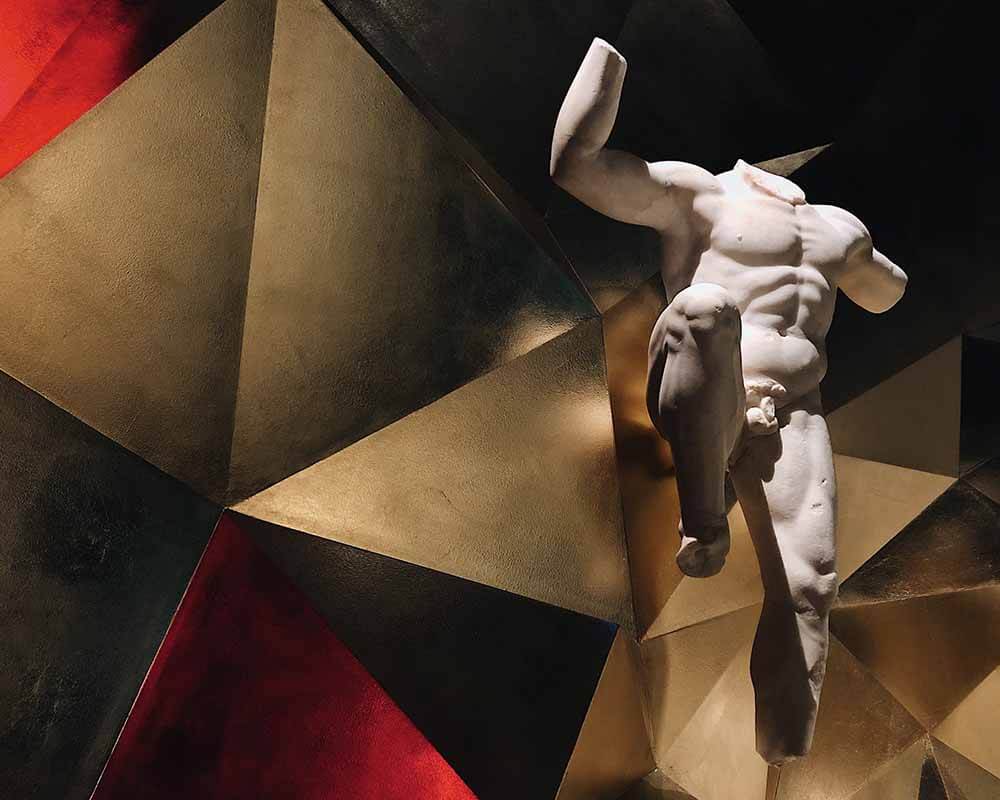


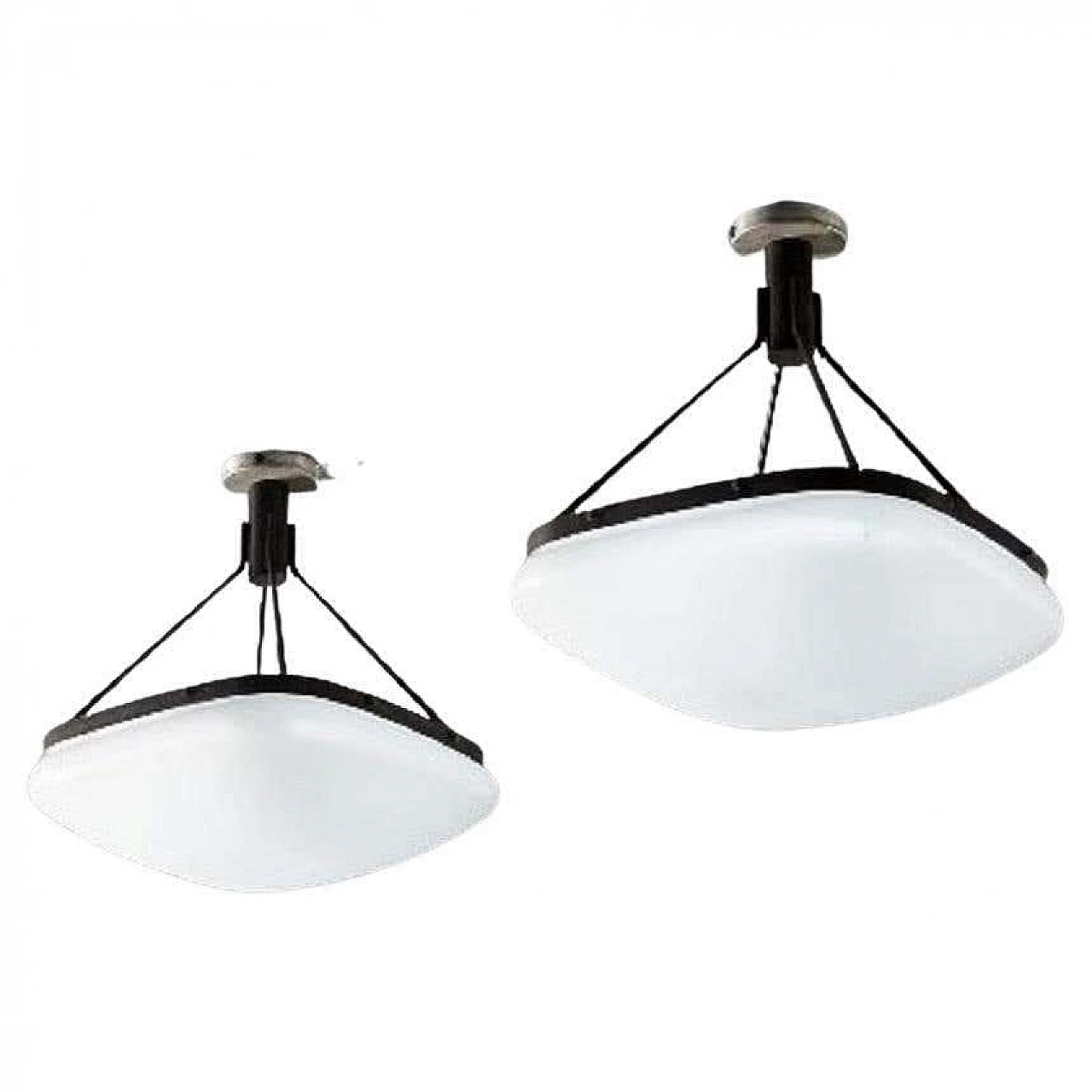
-large.webp)
-large.webp)
-large.webp)
 SILVER Seller in Parma, Italy
SILVER Seller in Parma, Italy














